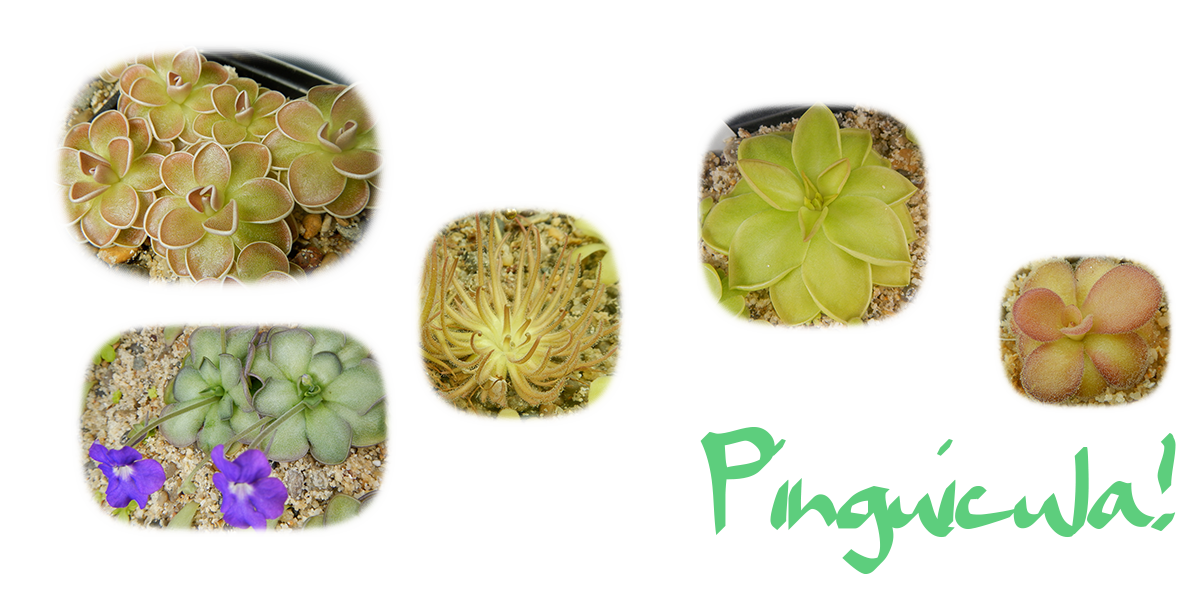How To Grow Carnivorous Plants - The Ultimate Guide to Growing Pinguicula

Hi there! Do you have trouble growing Pinguicula? Do you want these plants to flourish, bloom, and make your home look wonderful? If so, I can help. This guide will tell you how I personally maintained a collection over over three thousand of these wonderful plants. I will tell you how to make substrate, how much water to use, and how to prevent them from dying when they enter their winter phase of growth.
Growing Pinguicula is often a frustrating experience for many beginners. I hear stories of people losing plants all the time. The main thing you have to do is to realize that these are NOT bog plants. A little peat won't hurt in the substrate, but don't go overboard. We will get to the substrate discussion later, but for now, lets focus on the key essentials for growing these wonderful little plants.
Substrate, you need to have a good substrate for Mexican Pinguicula. Once again, be sure to remember that these are not bog plants. Admittedly, the moisture levels that these plants will tolerate varies between environmental conditions, however, I have found a good balance that works under any conditions. I have raised Pinguicula in various conditions from the frigid swamp that is Chicago, the beautiful tropics that make up the coast of Florida, and even all the way to the dryness of Los Angeles. First, you need to decide if you want to go with an inorganic mix, an organic mix, or a mixture of both inorganic and organic contents. I have done all of these, so I will tell you what worked for me and what didn't work.
Lets start with organic/inorganic mixes. When I first started to grow Pinguicula, I naively followed the advice of many veteran growers and website alike who all suggested a 50/50 peat/sand mix. Not only is this too prone to mold and other problems in many cases, but it is also bad for the environment since peat takes a long time for nature to create. After experimenting with this type of mixture for awhile, I found that a 25/75 peat/sand mix is what works best. You can even go lower with the peat if you prefer.
As for organic mixes, peat will kill your plants, coir is a pain-in-the-***, and long-fibered-sphagnum can be your friend. If you want to go all-organic, you can use any type of moss or leaf-litter. I even found that shredded grass or leaves worked fine for my plants. Do I prefer organic mixes though? No, I do not.
Inorganic mixes; yes! Inorganic mixes are great for Mexican Pinguicula. They have the advantage of preventing rot, lacking mold, and they won't introduce pests into your home. What would I suggest? Sand, gravel, volcanic rock, turface, or anything similar will work well. You just want to make sure you maintain a moisture level and not let the plants dry out too much.
In conclusion, I hope these suggestions have helped you in growing Mexician Pinguicula plants. I will revise this article further as time permits, but I just wrote this thing without any editing whatsoever and I'm putting it only just for the heck of it. Have a wonderful day!

